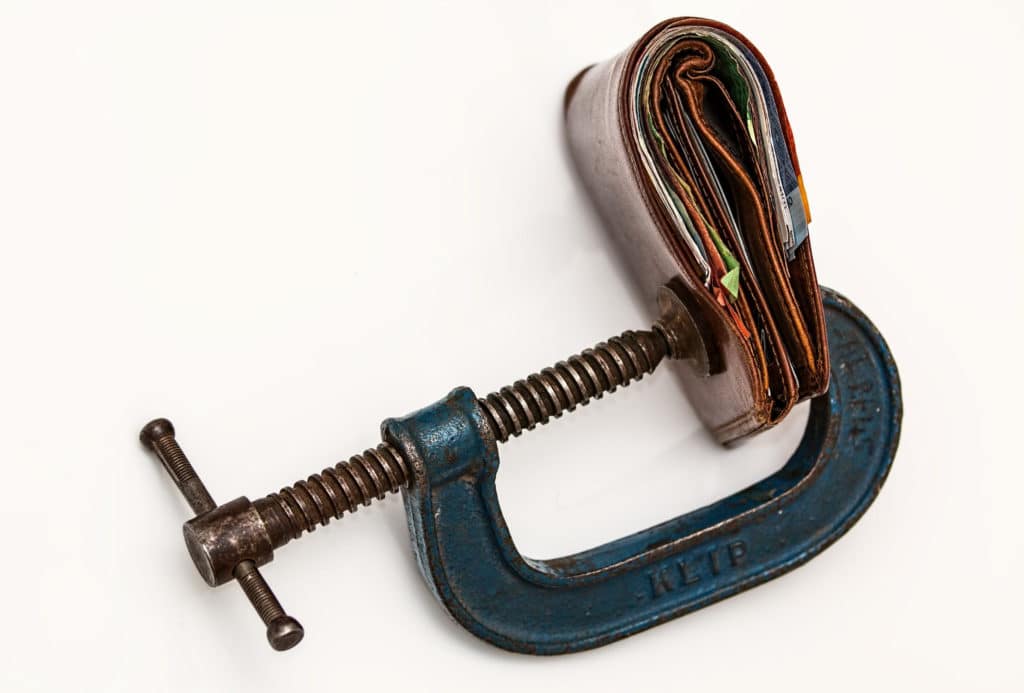Bankruptcy Attorney in Covington, Kentucky
WHAT IS BANKRUPTCY?
Bankruptcy is a federal law that provides a process where debtors can either eliminate (under Chapter 7) or reorganize (under Chapter 13) most of their debts. Some debts (like a child and spousal support) may not be terminated using bankruptcy.
Additionally, some debts, like student loans and taxes, require litigation to discharge. For most consumers, however, typical debts (credit cards, medical debt, and secured loans) can be eliminated with the help of a bankruptcy attorney.

HOW DOES BANKRUPTCY WORK?
After consulting with and hiring an attorney, bankruptcy begins with the filing of a bankruptcy petition. While some steps are required before a petition may be filed (i.e., taking a debtor’s education course), that is the formal beginning of the process.
After the petition is filed, the debtor is scheduled for a meeting of creditors. During this meeting, creditors are given a chance to question the debtor and his/her attorney regarding the bankruptcy petition and accompanying papers.
Following the meeting, in Chapter 7, and after the debtor takes a credit counseling course, the bankruptcy judge will generally order the debts to be discharged. In a Chapter 13 case, the bankruptcy plan will be approved, and the debtor then makes payments to the bankruptcy trustee. The trustee pays the debtor’s obligations according to the submitted and approved bankruptcy plan.
FILING FOR BANKRUPTCY
Filing for bankruptcy requires the completion and submission of the bankruptcy petition and several schedules. These schedules are lists that basically include a debtor’s property (real and personal), income, debts, co-debtors, and unfulfilled contracts (leases and service agreements). Choosing a bankruptcy attorney is often advised when considering opening a bankruptcy case.
CHAPTER 7 BANKRUPTCY
Under Chapter 7, a debtor is allowed to discharge or eliminate her debts. The debtor may have to give up some assets in the process unless those assets fall under one (or more) of the categories for exempted assets. These exempt assets are protected from liquidation in the bankruptcy process under Chapter 7 of the Bankruptcy Code.
CHAPTER 13 BANKRUPTCY
Chapter 13 bankruptcy is different because the debtor is allowed to keep her property as long as the bankruptcy plan is followed. Generally, the plan is set up for a three to five-year time frame. Following the completion of the plan, most of the debtor’s unsecured debts (those that are not tied to property) are discharged at the end of the process.
WHY WE LOVE SERVING THE CITY OF COVINGTON KENTUCKY
Covington sits at the convergence of two rivers, the Ohio and Licking rivers. Covington rests on the south bank of the Ohio River. To the north and across from the river sits Cincinnati, Ohio. Covington’s population is around forty thousand. The two largest employers in the city are the Internal Revenue Service and Fidelity Investments.
HISTORY OF COVINGTON KENTUCKY
Covington is a city in Kenton County, Kentucky. Covington was incorporated as a city in 1834. Around that time, the town was known as a hub for tobacco and cigar production. In 1862, the city hosted the largest iron fence maker in the world, Stewart Iron Works.
LET OUR EXPERIENCE GUIDE YOU
Get a Free Bankruptcy Consultation!
